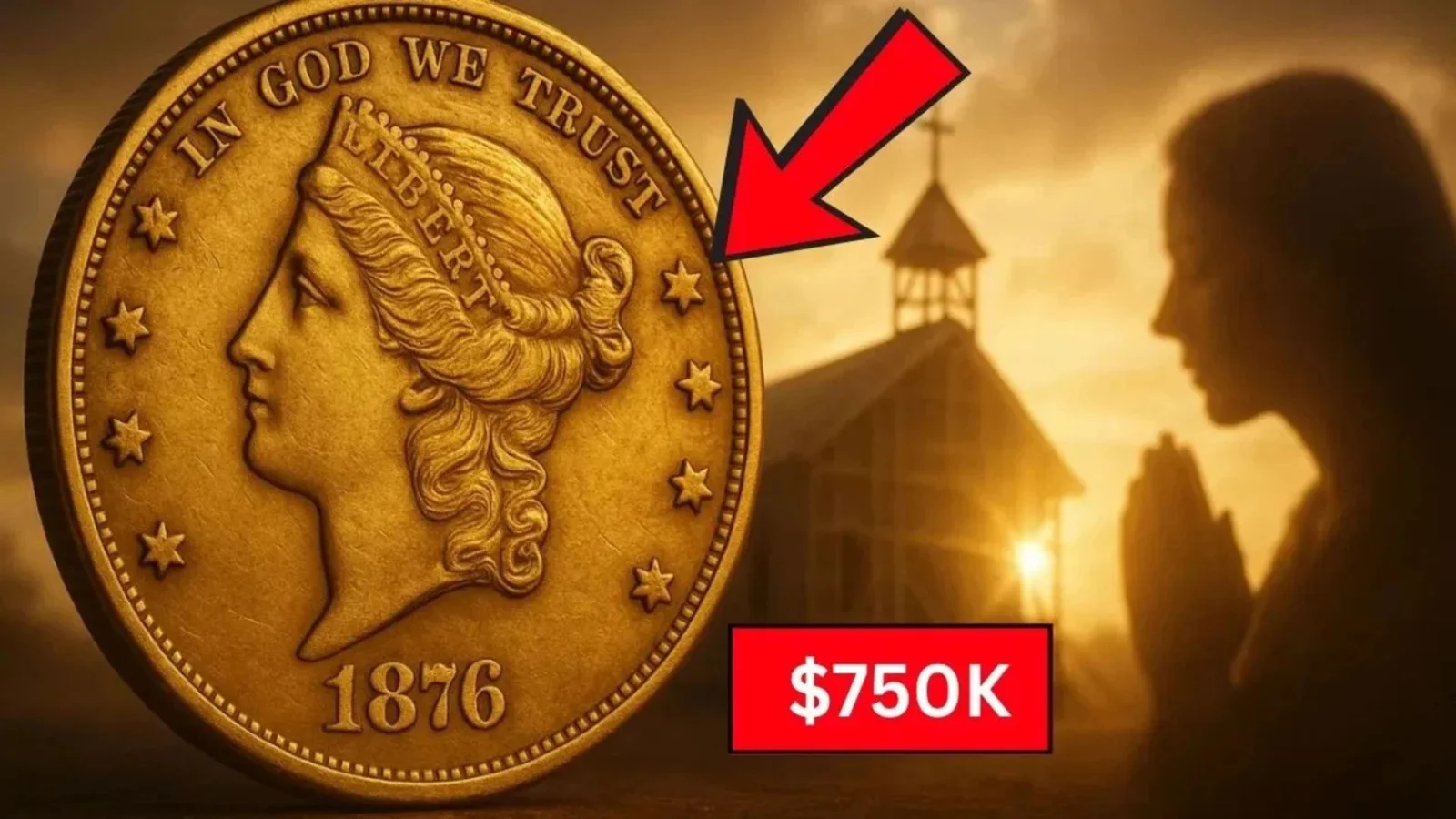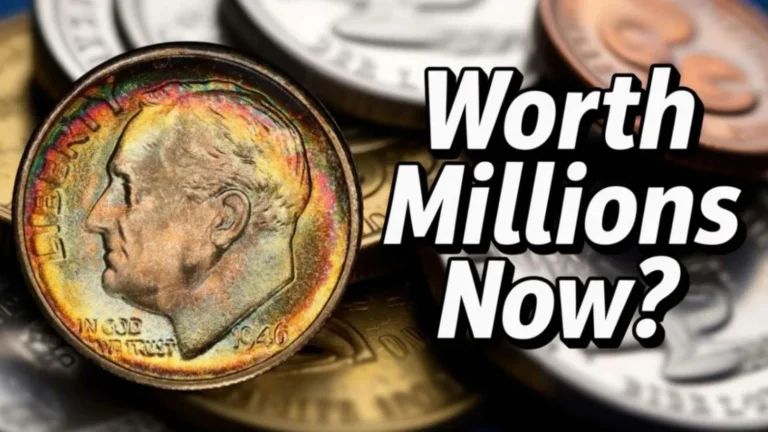Every so often, a coin surfaces that turns the collecting world upside down. The 1969-S Doubled Die Obverse Lincoln cent is one such marvel—a copper penny with a story as dramatic as its appearance. With only an estimated 30–50 genuine examples known, it’s considered one of the most important U.S. coin errors of the modern era. The few that do trade hands routinely fetch five or six figures, and when one crosses the auction block, collectors take notice.
This isn’t just a penny—it’s a piece of numismatic folklore, wrapped in mystery, controversy, and sky-high value.
What Makes the 1969-S Doubled Die Lincoln So Special?
At first glance, the 1969-S Lincoln cent looks ordinary. But to trained eyes, the differences are unmistakable. This coin exhibits bold, dramatic hub doubling on the obverse that’s impossible to miss:
- “IN GOD WE TRUST”: Each letter appears doubled, with sharp separation.
- “LIBERTY”: Multiple letters show thick, distinct duplication.
- The date “1969”: Clearly doubled, giving it a split-shadowed effect.
One detail often misunderstood: the “S” mintmark is not doubled on authentic coins. That’s because mintmarks were hand-punched after hubbing. If you see doubling on the mintmark, it’s almost certainly a counterfeit or machine doubling.
A Controversial Beginning
When these coins first appeared in the late 1960s, the reaction was chaos. Counterfeits hit the market fast, prompting the U.S. Secret Service to step in. For a short period, even genuine 1969-S doubled dies were seized under suspicion. It wasn’t until the variety was formally recognized by the numismatic community that authentic coins were released back to collectors.
That turbulent backstory only adds to the mystique. This coin didn’t just slip quietly into collections—it caused a national stir.
How to Identify a Genuine 1969-S Doubled Die Lincoln
Because counterfeits are rampant, identifying a real example takes care. Here’s the step-by-step guide:
- Inspect the Obverse Legends: Doubling should be bold and fully separated—not flat, mushy, or shelf-like.
- Check the Mintmark: The “S” must be single. Doubled mintmarks are an immediate red flag.
- Compare Die Markers: Genuine coins show specific fine die scratches and markers that experts use for authentication.
- Seek Certification: Submit to a service like PCGS or NGC. Their authentication is non-negotiable for serious value.
Specs and Market Snapshot
| Feature | Details |
|---|---|
| Coin | 1969-S Doubled Die Obverse Lincoln Cent (Memorial Reverse) |
| Mint | San Francisco (“S”) |
| Rarity | ~30–50 known in all grades |
| Key Diagnostics | Strong doubling on “IN GOD WE TRUST,” “LIBERTY,” and “1969” |
| Mintmark Rule | “S” mintmark is never doubled |
| Composition | 95% copper, 5% zinc |
| Diameter | 19.05 mm |
| Market Range | Five to six figures, depending on grade and color |
| Auction Highlights | MS64RD sold for over $100,000 |
| Risk Factors | Counterfeits, machine doubling, improper attribution |
What Drives the Value?
Several forces fuel the premium prices of the 1969-S Doubled Die:
- Grade: Higher mint-state (MS) grades multiply value exponentially.
- Color Designation: Red (RD) coins are the crown jewels, followed by Red-Brown (RB), then Brown (BN).
- Eye Appeal: A sharp strike, attractive toning, and clean surfaces elevate desirability.
Even worn examples can bring tens of thousands. But when a bright red, high-grade cent appears? Bidding wars erupt.
Tips for Collectors and Roll Hunters
- Certification is key: Never buy raw. Always insist on PCGS or NGC slabs.
- Understand color codes: RD commands top dollar, but RB and BN still pack serious value.
- Research provenance: Ownership history adds credibility and prestige.
- Beware the fakes: If the mintmark looks doubled or the doubling is flat, walk away.
Why This Coin Matters
Beyond its price tag, the 1969-S Doubled Die Lincoln tells a story of American coinage at a turning point. It represents the intersection of mass production, human error, and collector passion. For Lincoln cent specialists, owning one isn’t just about investment—it’s about holding a tangible slice of numismatic history.
As one collector once said after acquiring his example: “It’s not just a coin, it’s a legend you can hold in your hand.”
The 1969-S Doubled Die Lincoln cent isn’t just another mint error—it’s the holy grail of modern small cents. With its turbulent history, vanishingly small population, and jaw-dropping prices, it has earned a permanent place in numismatic lore.
If you’re lucky enough to find one, you won’t just add a coin to your collection—you’ll add a legend.







